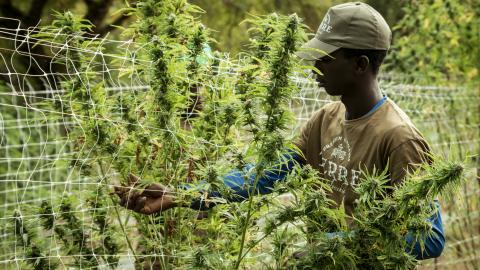
November 20, 2017
Every year, hundreds of thousands of acres of land burn across the United States in wildfires. In summer 2017 dozens of wildfires smothered Seattle, and the rest of the Northwest, in smoke and ash.

Times
Many in the Northwest will remember the smoky days experienced in the summer of 2017 for years to come. The abundance of fires raised many public health concerns and questions, as residents experienced days on end of smoky skies, itchy/stinging eyes, and respiratory symptoms.
The topic less prevalent in the news cycle, was the dangers faced by wildland fire fighters (WFFs). WFFs are asked to protect our lives, our homes and our forests, but fires are unpredictable and dangerous.
Between 2000-2013, almost 300 on-duty WFF fatalities occurred, and many in the Northwest remember the tragic deaths of WFFs Tom Zbyszewski, 20, Andrew Zajac, 26, and Richard Wheeler, 31, in Washington State in 2015.
Common hazards faced on the fire line can include burnovers/entrapments, heat-related illnesses and injuries, smoke inhalation, vehicle-related injuries (including aircraft), and slips, trips, and falls. In addition, due to prolonged intense physical exertion, WFFs are at risk for heat-related illness and rhabdomyolsis.
 NIOSH offers a variety of health and safety resources, as well as statistical reports, for wildland fire fighters. Visit their resource page to learn more about protecting the health and safety of our brave WFFs.
NIOSH offers a variety of health and safety resources, as well as statistical reports, for wildland fire fighters. Visit their resource page to learn more about protecting the health and safety of our brave WFFs.
Bradley King and Corey Bulter, NIOSH Western States Division Spokane, offered a presentation about an ongoing NIOSH study on the health wildland fire fighters at the 2017 Northwest Occupational Health Conference in October. NIOSH researchers hope to design workplace interventions that can protect the health of our region's wildland fire fighters.




